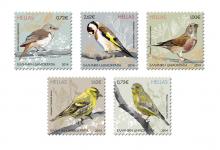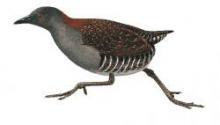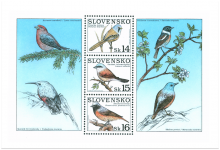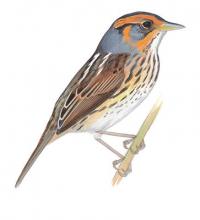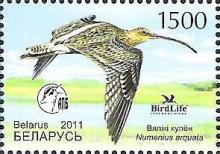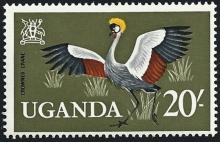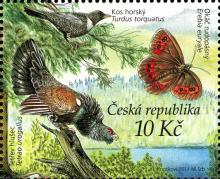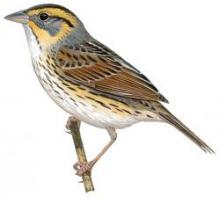Drie belangrijke Spaanse wetlands zijn in gevaar
Spanje is het derde land met het grootste aantal wetlands van internationaal belang. Volgens de organisatie SEO/Birdlife bevinden drie van die wetlands zich in serieus gevaar en op een punt waarop geen ommekeer meer mogelijk is. De drie Spaanse wetlands die ernstig in hun voortbestaan als zodanig worden bedreigd zijn Doñana in de regio Andalusië, de Ebro-delta in Tarragona en l'Albufera in Valencia. In deze wetlands leeft 25 procent van de in Spanje bekende watervogelsoorten.


